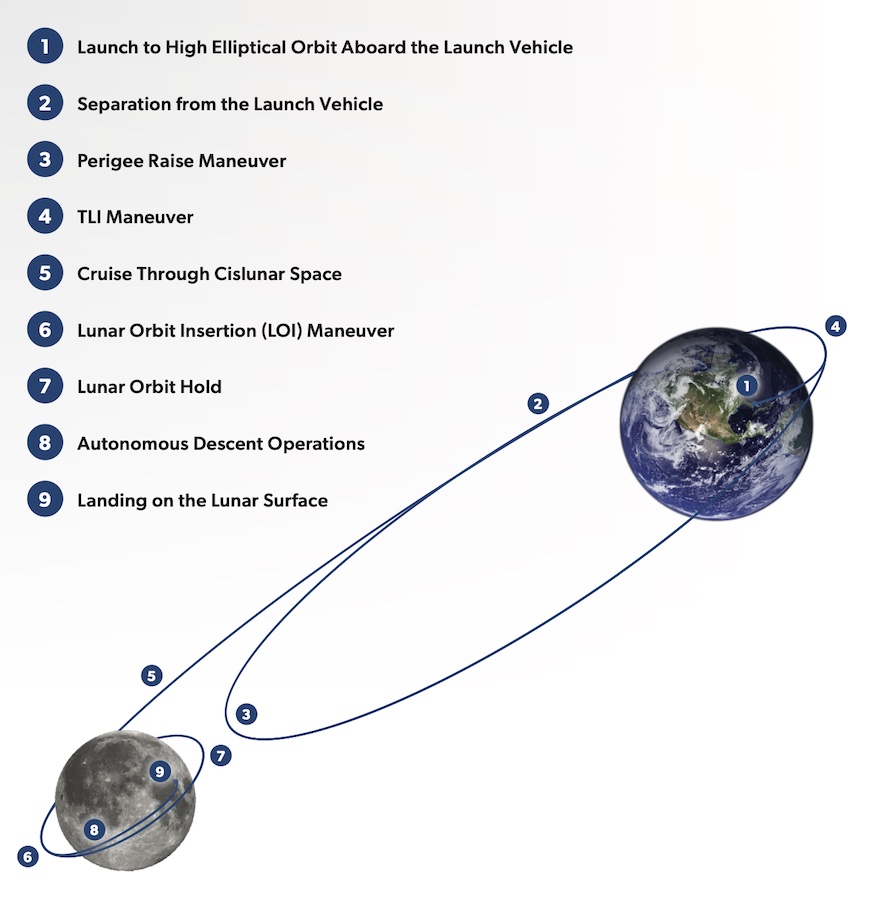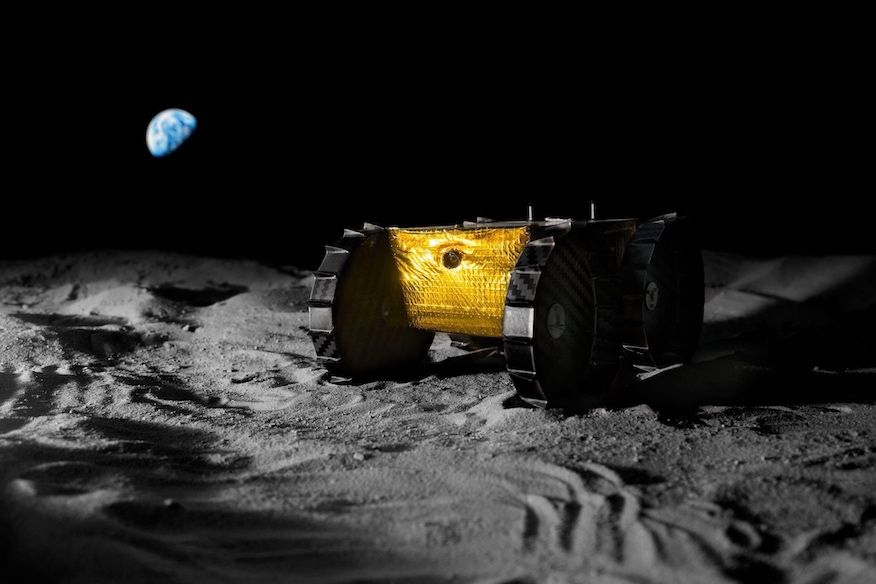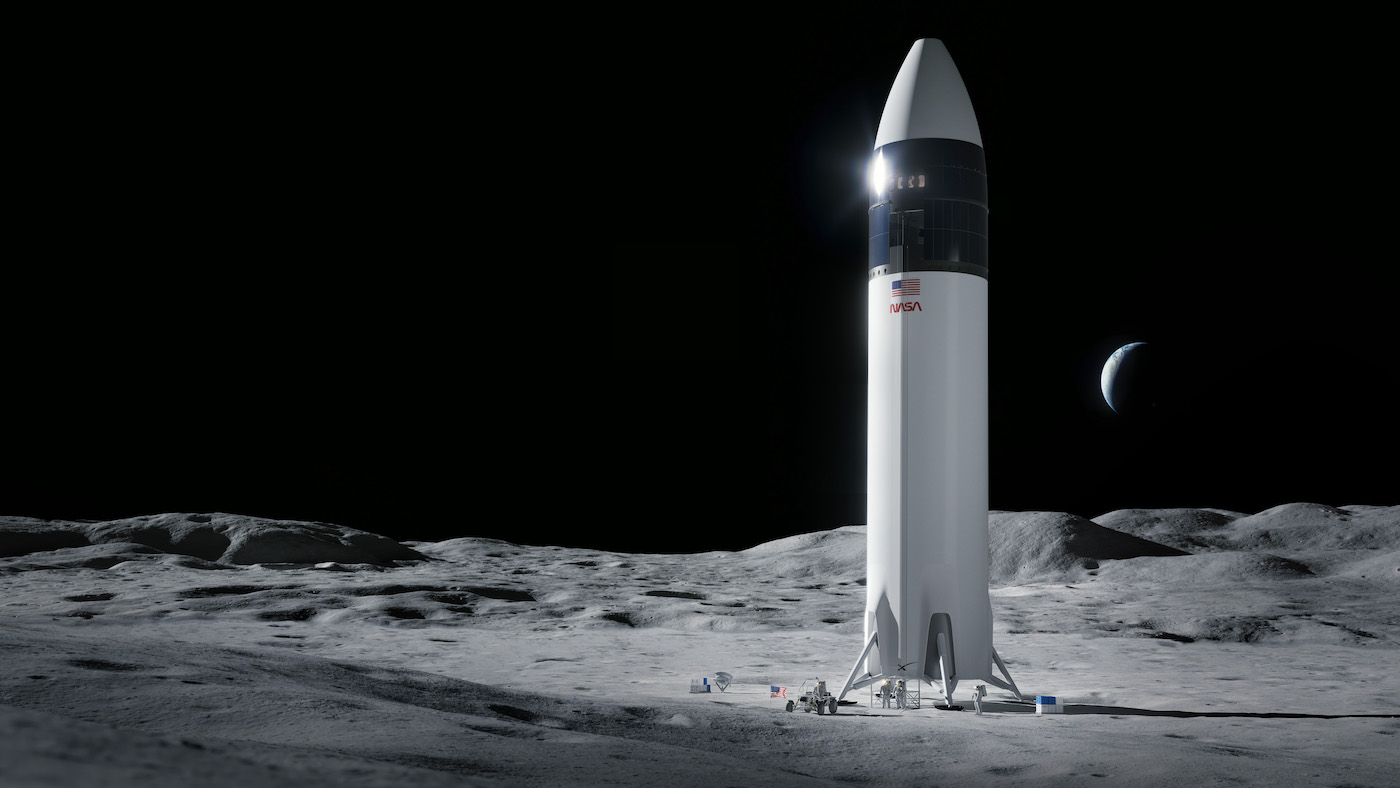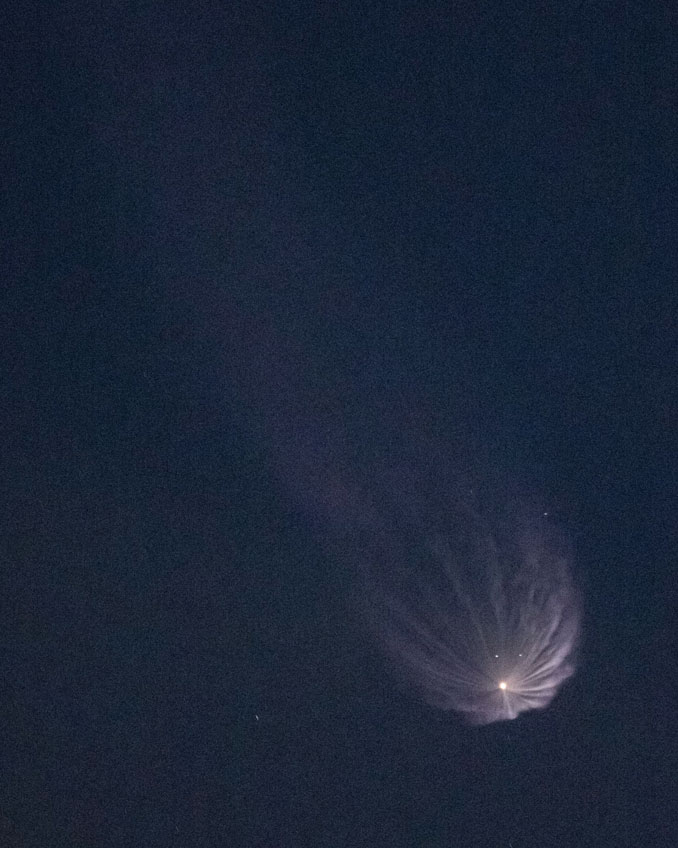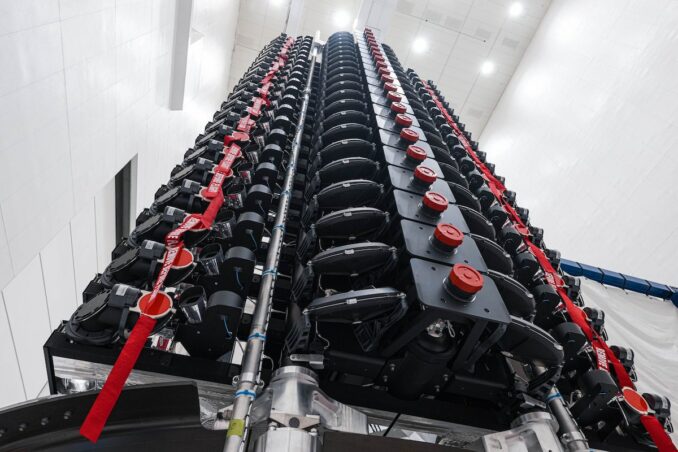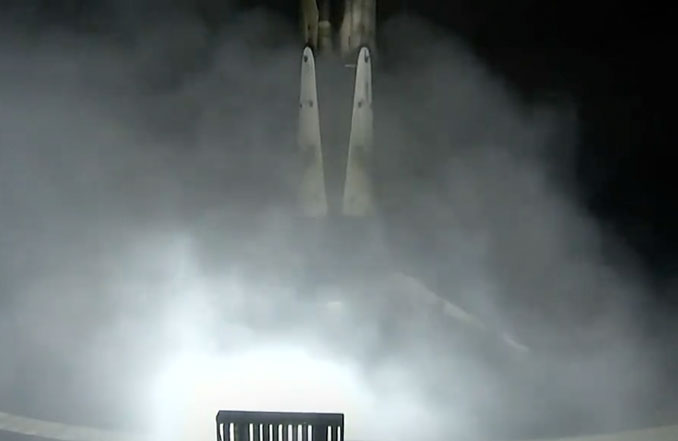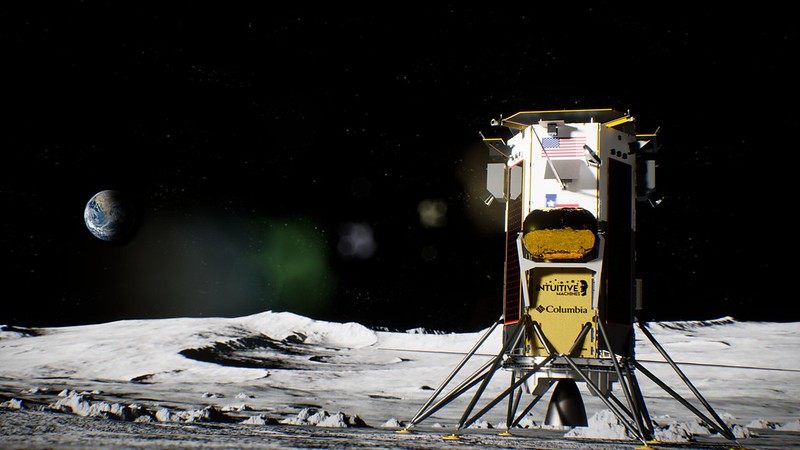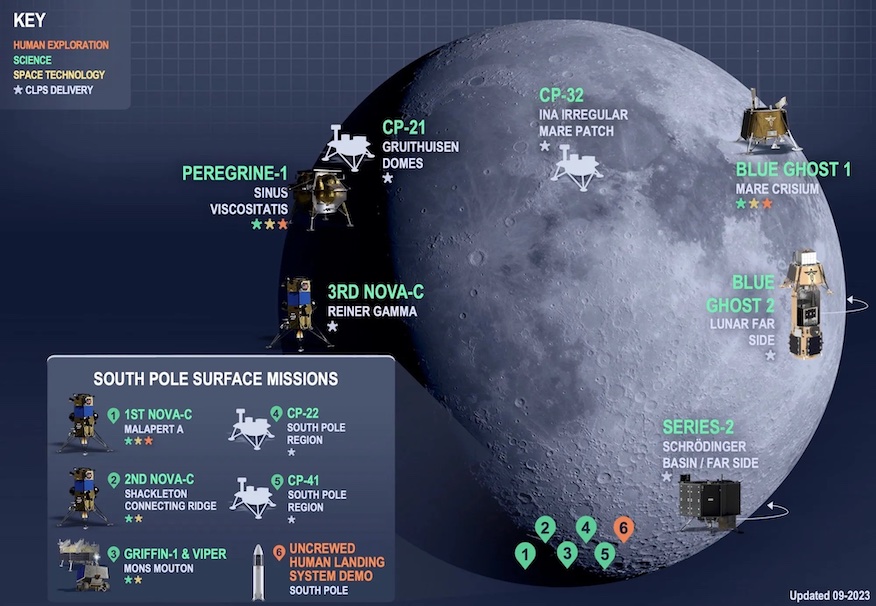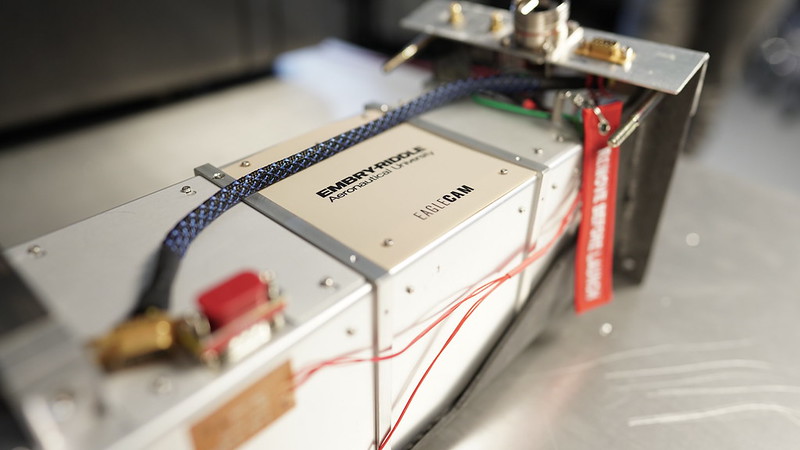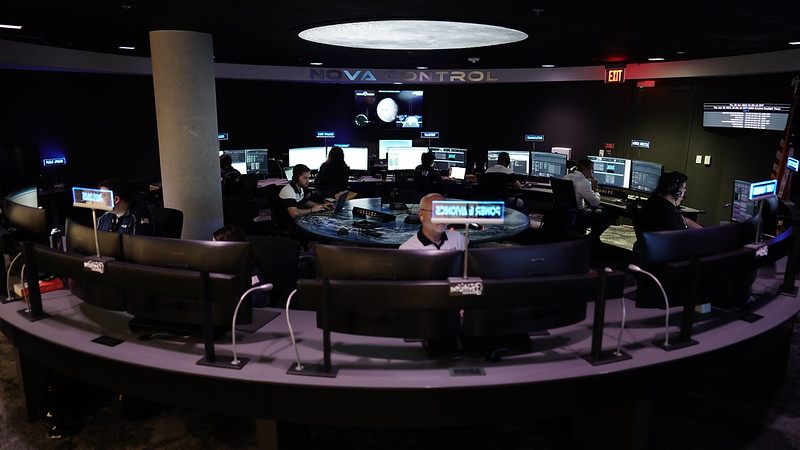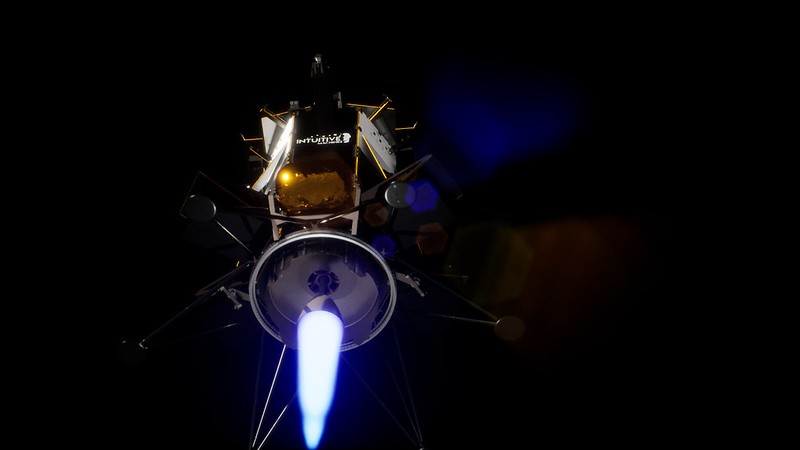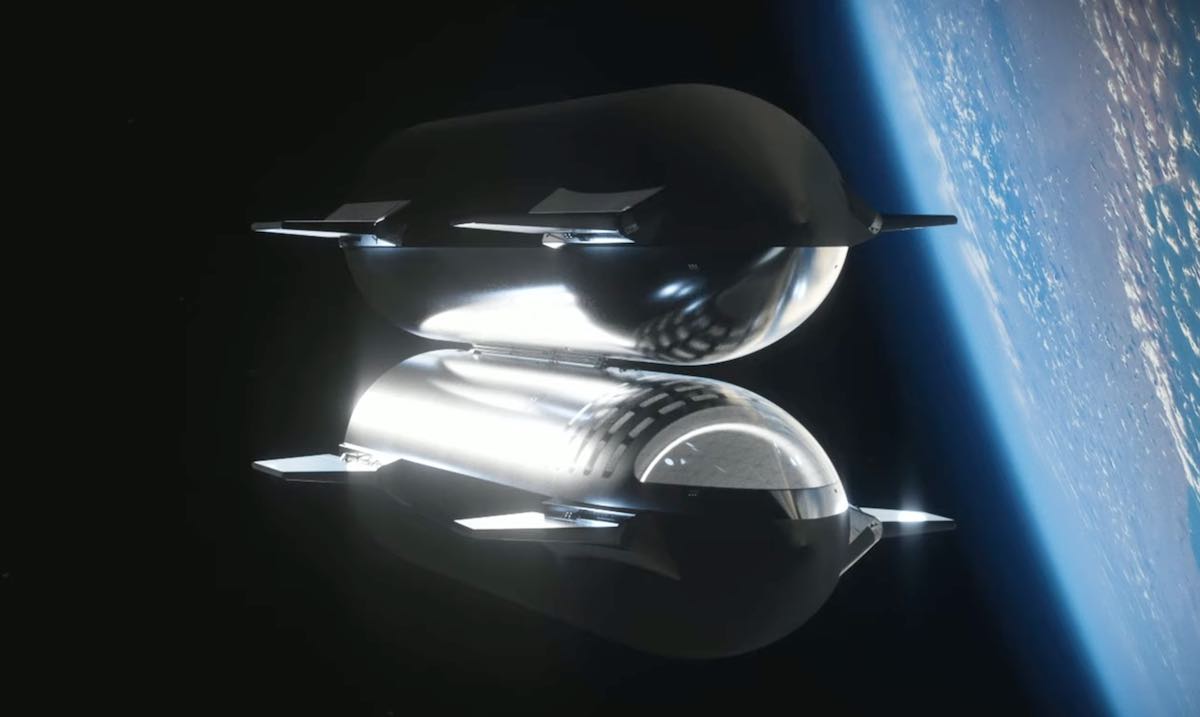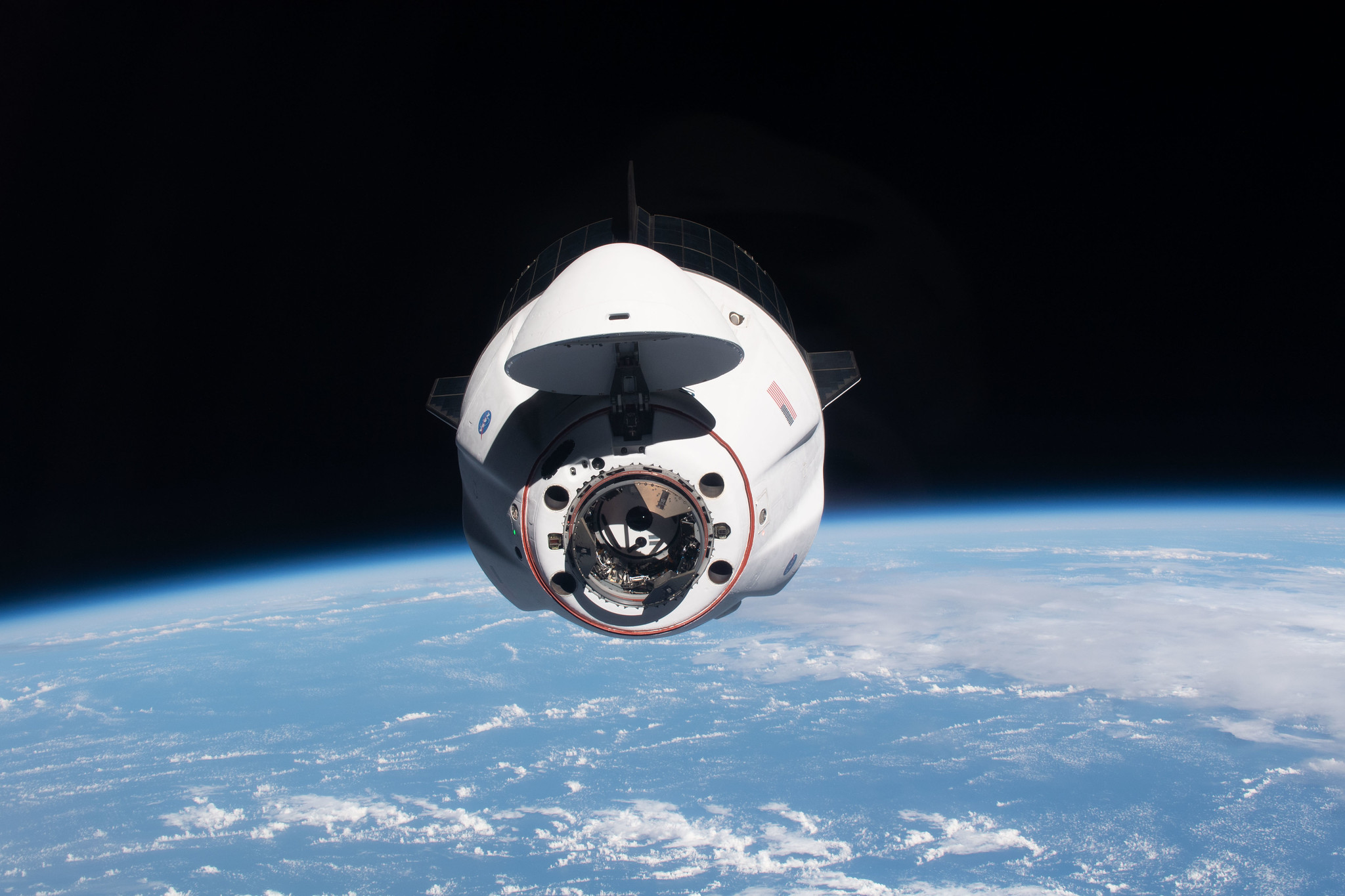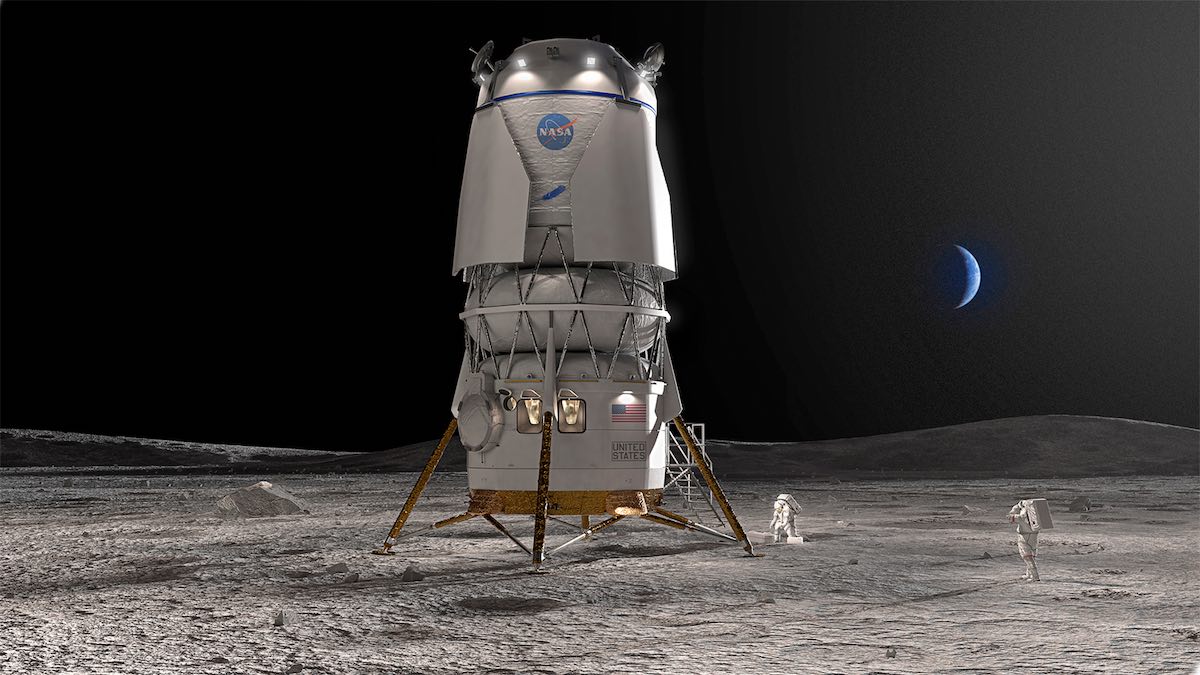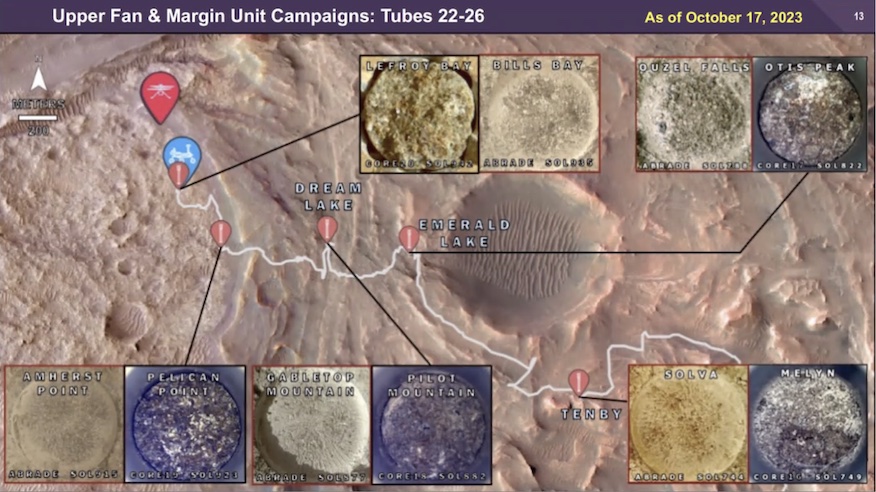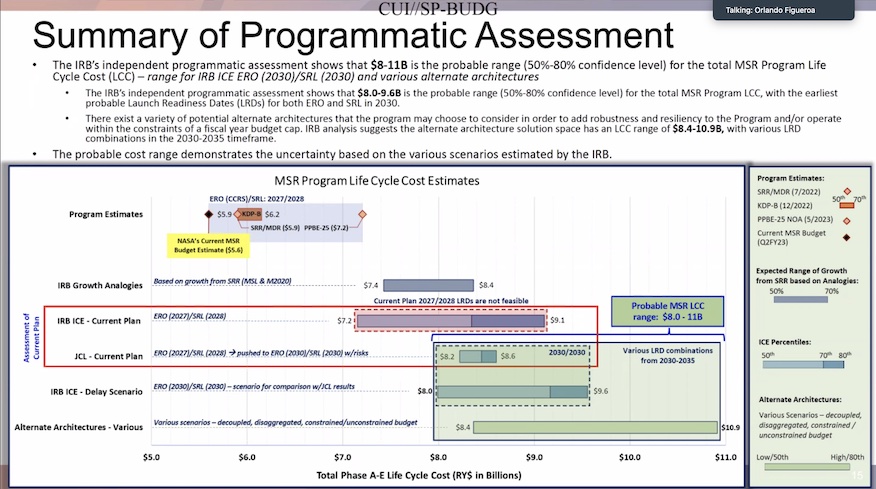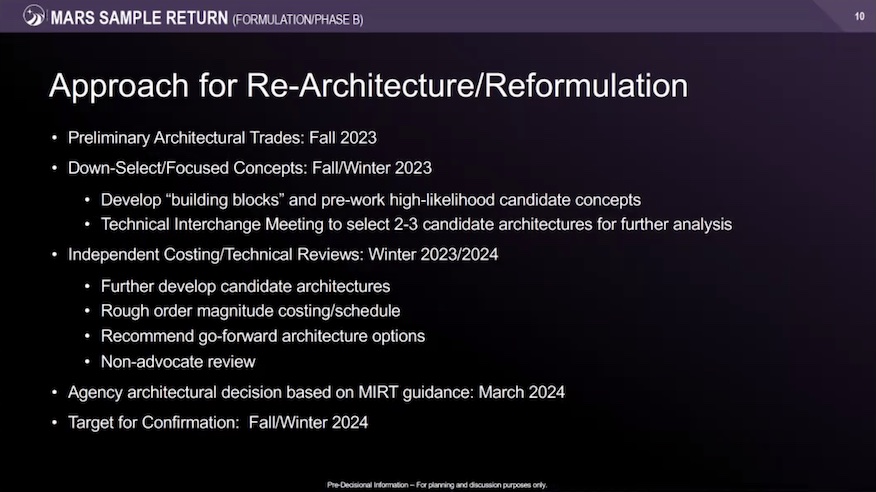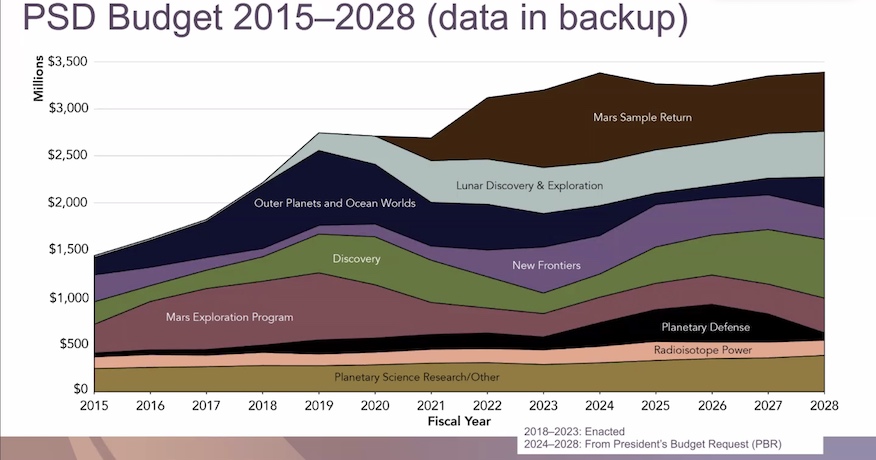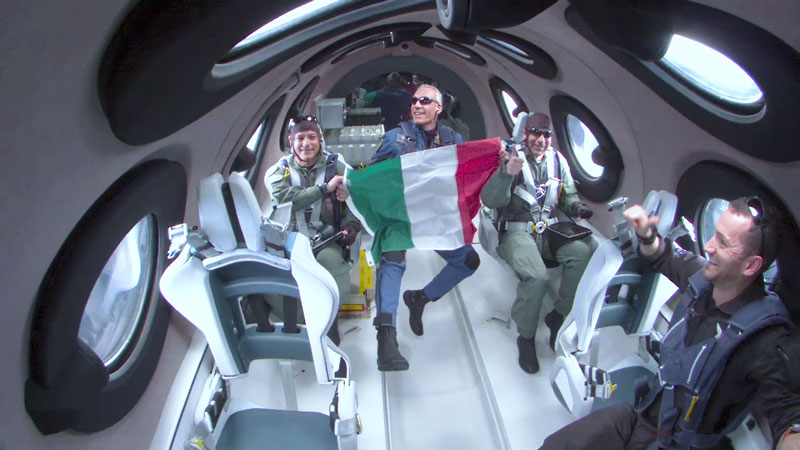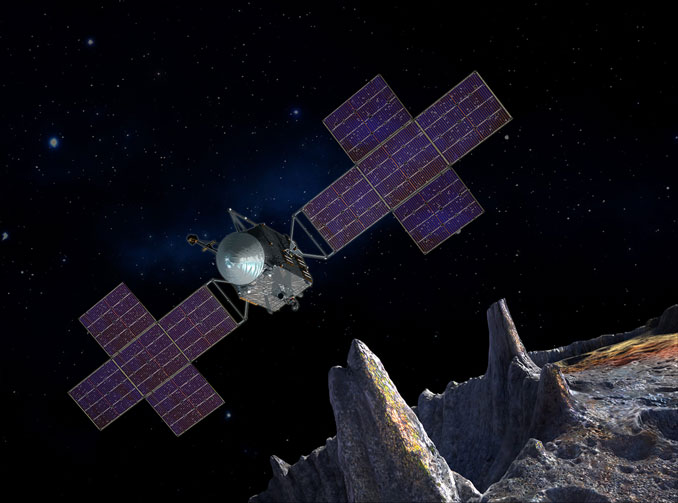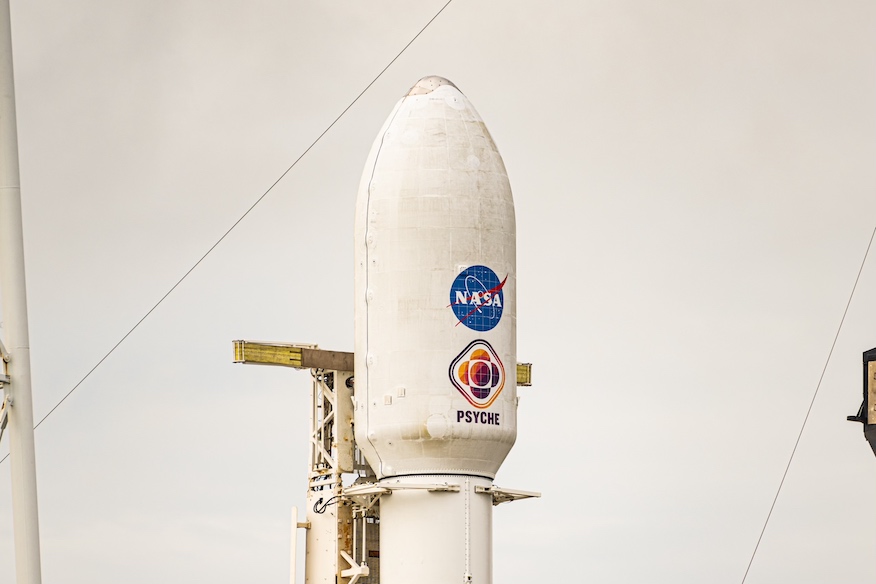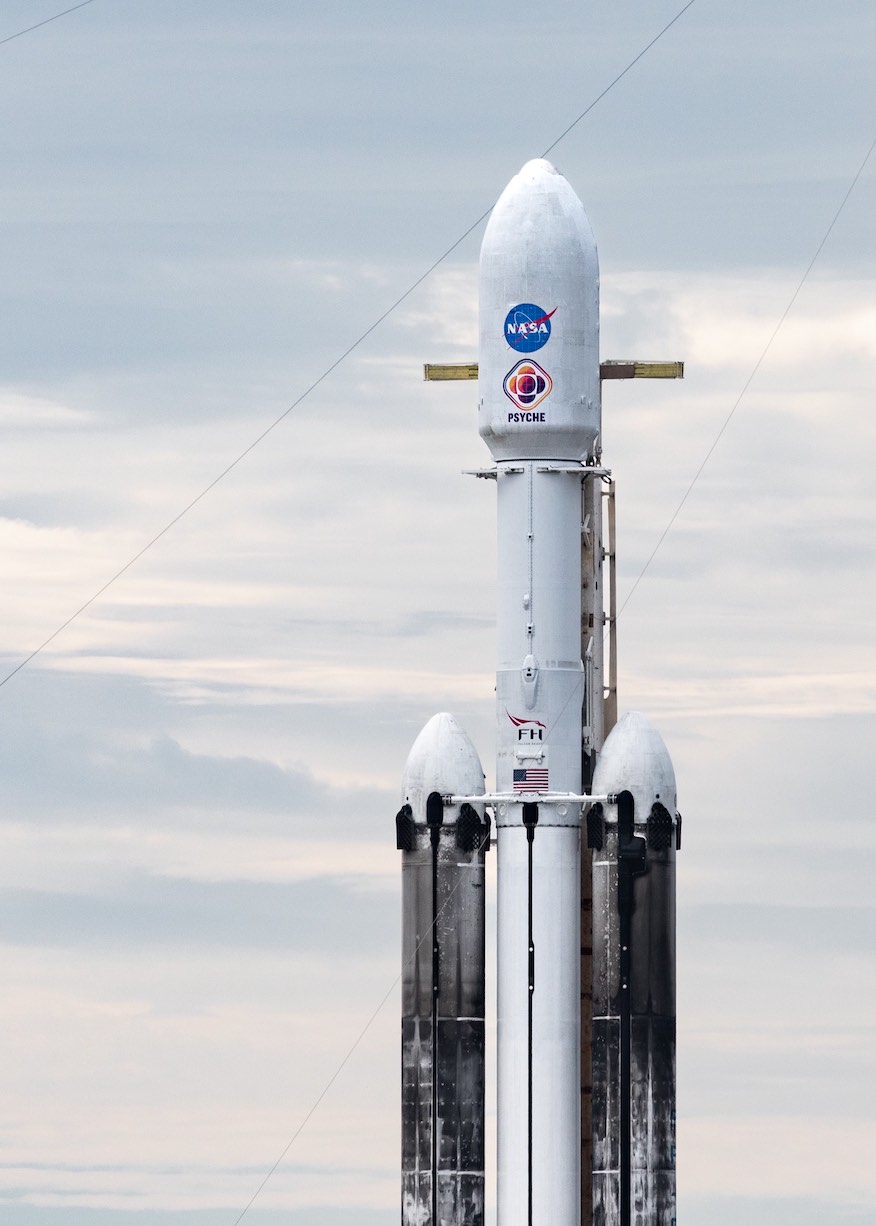Jasmin Moghbeli, wearing a spacesuit with red stripes, works with Loral O’Hara to secure insulation around a failed radio communications unit during the fourth all-female spacewalk. Image: NASA TV.
Astronauts Jasmin Moghbeli and Loral O’Hara worked outside the International Space Station Wednesday to replace a bearing assembly in one of the lab’s solar array rotation mechanisms. But the task took longer than expected and they were unable to retrieve a failed electronics box as planned.
It was the first spacewalk for Moghbeli and O’Hara, the fourth all-female excursion and the first such outing since January 2020 when Jessica Meir and Christina Koch completed their third EVA, or extra-vehicular activity.
The year’s 12th spacewalk began at 8:05 a.m. EDT when Moghbeli and O’Hara switched their spacesuits to battery power.
The two major goals of the 269th station spacewalk were to replace a degraded bearing assembly in one of the station’s two solar array rotation mechanisms and to retrieve a failed communications component stored on an external platform so it could be shipped back to Earth for repairs.
O’Hara focused on replacing the bearing assembly in the station’s left-side solar alpha rotary joint, or SARJ, which rotates outboard solar arrays to maximize energy production. Each SARJ is equipped with 12 bearing assemblies that clamp onto a rotating 10.5-foot-wide “race ring.”

